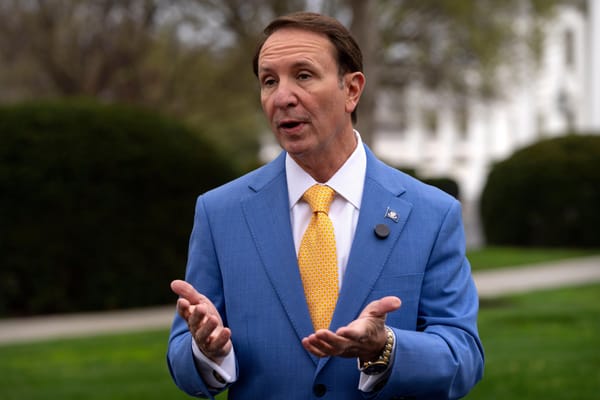Middle Mile Infrastructure Will be Key to Support BEAD Builds: Experts
Experts cited a lack of middle mile as the biggest obstacle to reaching many unserved areas.
Jake Neenan

WASHINGTON, September 25, 2023 – An absence of middle mile infrastructure is the biggest barrier to affordable broadband in rural areas, experts said at the Broadband Breakfast BEAD Implementation Summit on Friday.
“Middle mile” refers to the infrastructure running between communities that connects their local networks to the internet backbone. Money from the $42.5 billion Broadband Equity, Access and Deployment program can be used for middle mile infrastructure, but last mile builds — internet connections to individual homes and businesses — are prioritized.
“Middle mile is the problem in terms of affordable rural broadband. Plain and simple,” said Joel Daly, a senior vice president at network company Zayo. “If you’re far away from a major internet exchange, that infrastructure is expensive.”
The National Telecommunications and Information Administration approved in June nearly $1 billion for middle mile projects, over $90 million of which went to Zayo for projects in three states. All told, the money will fund over 12,000 miles of fiber-optic cable to supplement the BEAD program.
Laurel Leverrier, the assistant administrator of the US Department of Agriculture’s Rural Utilities Service Telecommunications Program, said her experience working on rural broadband projects reflected Daly’s observation. She recounted laying hundreds of miles of fiber and an undersea cable before even breaking ground on last mile connections in Alaska.
“In a lot of places where we see these unserved locations, it really is the lack of middle mile service that is driving that,” she said. “Oftentimes if there’s a good middle mile facility, companies and communities can extend off of that.”
Keeping additional middle costs down will be key for reaching every unserved area – those with the slowest and sometimes nonexistent internet – panelists said.
Dr. Tamarah Holmes, director of the Virginia Office of Broadband, said her state is facilitating partnerships between utility companies and unserved communities to make use of their existing fiber infrastructure and avoid some of this cost.
Through its Utility Leverage Program, the state is using over 3,800 miles of existing fiber across 17 projects to aid last mile builds.
“It’s been a game changer for us,” she said.
Chaz Eberle, director of outreach at the Treasury Department’s Capital Projects Fund, a $10 billion program set up with the American Rescue Plan Act, noted that CPF funds can be used to support middle mile builds so long as they directly benefit last mile infrastructure.
He pointed to Tennessee, which was awarded $158 million for middle mile builds under the program. The state pitched these as primers for BEAD projects, but other states have successfully applied by providing evidence of current demand for broadband in unserved areas, Eberle said.
See the BEAD Implementation Summit page
 Broadband BreakfastBroadband Breakfast
Broadband BreakfastBroadband Breakfast










Member discussion